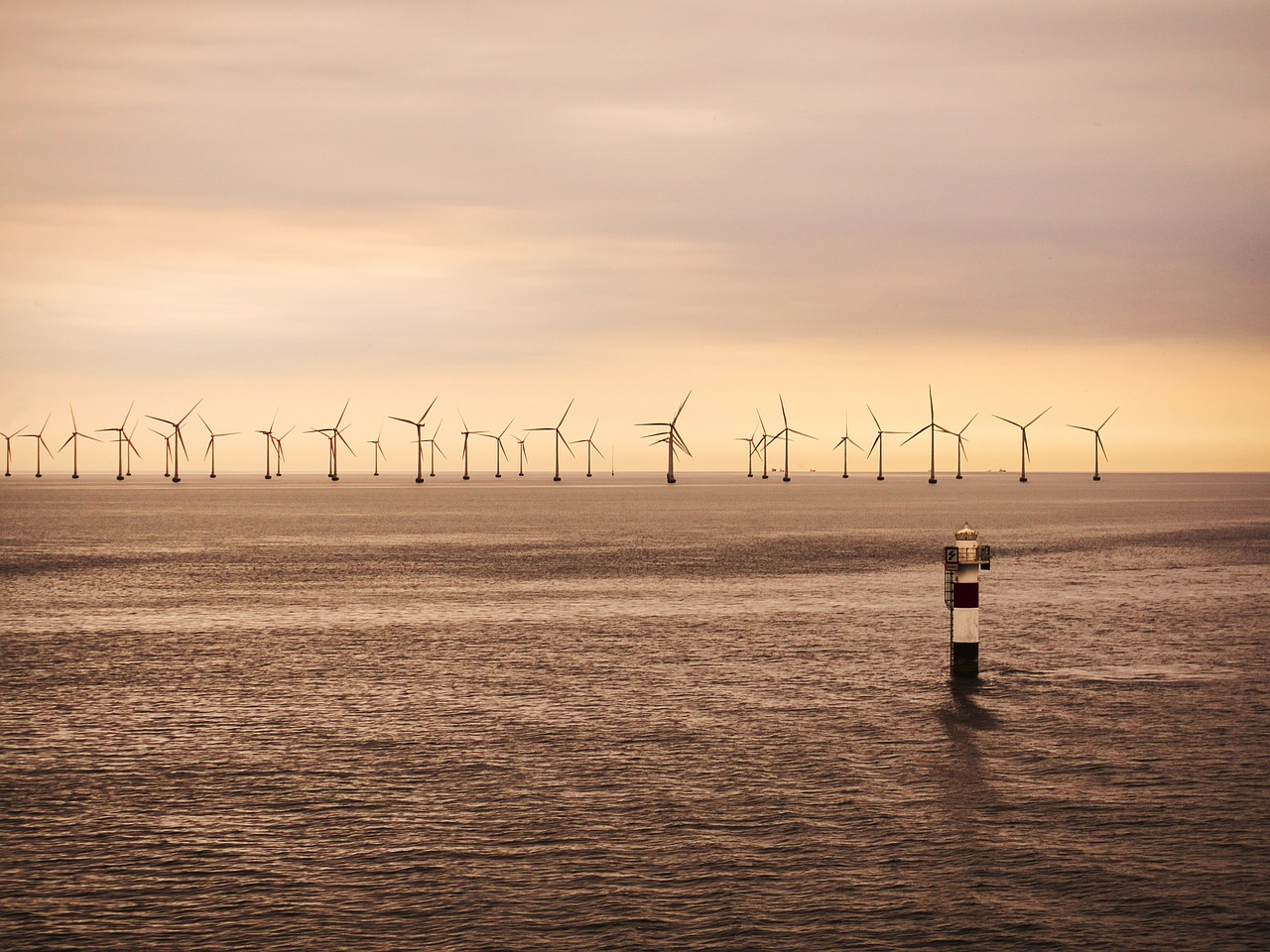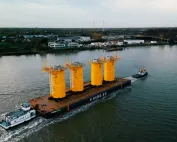ENTSO-E released its Offshore Roadmap, which aims at preparing Europe’s power system to integrate the massive growth in offshore renewable energy expected in the coming decades. With EU targets reaching up to 365 GW of offshore renewable capacity by 2050, the roadmap sets out the regulatory groundwork needed to support this transformation.
As offshore projects increasingly extend across borders, ENTSO-E emphasises the need for coordinated regulation, system design, and stakeholder cooperation. The roadmap also highlights efforts to guide offshore cost-sharing, support innovation, and address supply chain constraints.
The roadmap identifies six key priorities and outlines ENTSO-E’s work to adapt Europe’s electricity market rules, system operations, and system development frameworks for more complex offshore infrastructure. The six priorities are:
- Define geographic areas and offshore bidding zones to enable market-based coordination;
- Develop a robust offshore balancing concept to ensure secure and efficient system operations;
- Address frequency control in low-inertia offshore environments;
- Harmonise ramping requirements for DC links and wind farms;
- Enable inertia provision and grid-forming capabilities to maintain system resilience;
- Ensure dynamic stability in offshore grids dominated by power electronics.
These six key priorities form the foundation for a holistic and technically sound regulatory approach to offshore integration.
Developed through extensive engagement with stakeholders – including workshops in 2024 and 2025 – the roadmap marks a key step in aligning technical and regulatory readiness with Europe’s climate and energy ambitions. ENTSO-E will continue to update the roadmap as technologies and policies evolve, ensuring that offshore renewables can be connected and operated securely, efficiently, and at a scale.
Read the full report here.
More information about the Offshore Roadmap 2025 here.
Source: ENTSO-E














